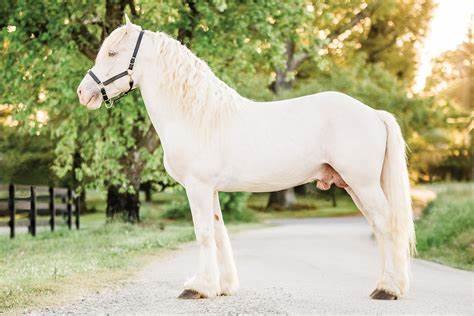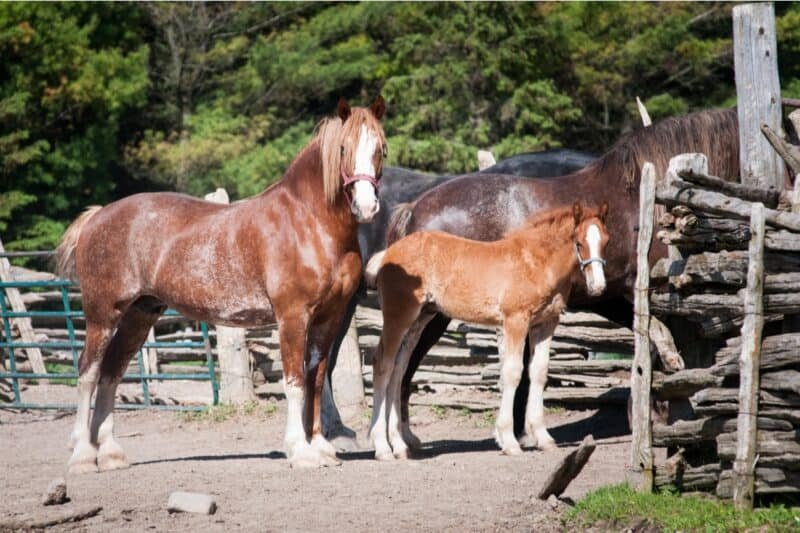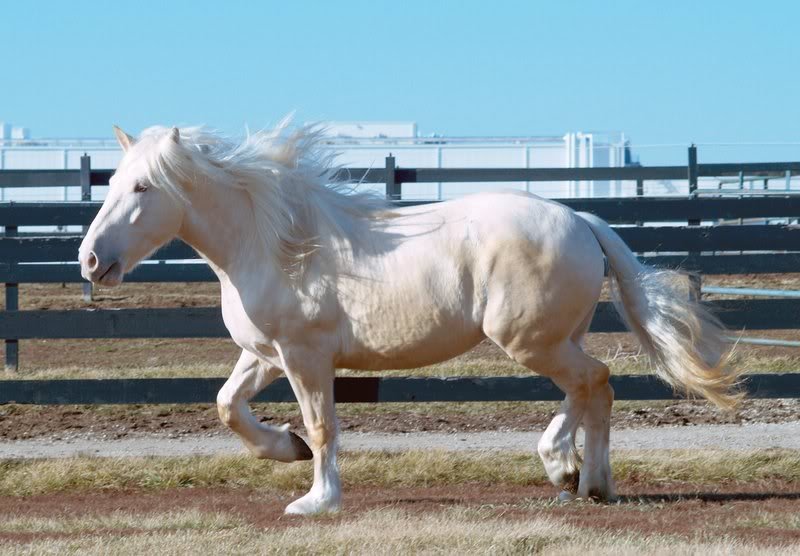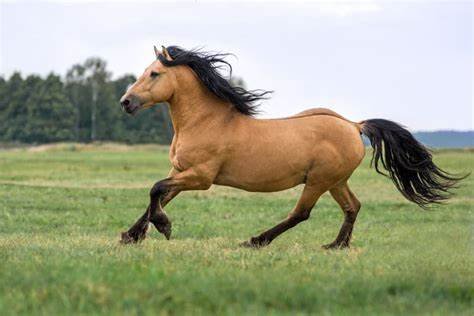Cream Draft horses, also known as American Cream Drafts, have a rich history of working on farms across the United States. Today, with advancements in technology, their role in farming has evolved, but they remain an essential part of certain agricultural practices. Let’s explore how these beautiful, hardworking horses contribute to modern farming.

A Brief History of Cream Draft Horses in Farming
The American Cream Draft horse emerged in the early 20th century as a sturdy and dependable farm helper. Bred for strength and calm temperament, these horses became a favorite for pulling plows, wagons, and heavy loads. While tractors and machinery have largely replaced draft horses on large-scale farms, Cream Drafts still play a valuable role in specific farming niches.
Why Use Cream Draft Horses in Modern Farming?
Sustainable Agriculture
With growing interest in eco-friendly farming, Cream Draft horses are making a comeback in sustainable agricultural practices. Unlike machinery, horses do not require fuel and produce natural manure that can be used as fertilizer. This reduces the carbon footprint of farming and supports environmentally conscious practices.
Small-Scale Farming
Cream Draft horses are ideal for small-scale farming operations. Family farms, organic growers, and hobby farms often use these horses for tasks such as plowing fields, hauling produce, and transporting supplies. Their calm demeanor and versatility make them a reliable partner for farmers with modest acreage.
Soil Preservation
Modern farmers recognize the importance of soil health. Heavy machinery can compact soil, reducing its fertility over time. Cream Draft horses, on the other hand, distribute their weight more evenly and are less likely to damage soil structure. This makes them a preferred choice for farms focused on long-term soil conservation.
Energy Independence
For farmers seeking to reduce reliance on fossil fuels, Cream Draft horses offer an excellent alternative. They require only hay, grains, and proper care to perform their duties. This independence from fluctuating fuel costs can provide financial stability for small farms.
Roles of Cream Draft Horses in Modern Farming
Plowing and Harrowing
Cream Draft horses are still used to plow and harrow fields, particularly in organic and regenerative farming systems. Their strength allows them to pull heavy equipment with ease, making them an efficient tool for preparing soil.
Hauling and Transportation
From moving harvested crops to transporting supplies, Cream Draft horses excel at hauling tasks. They are often seen pulling wagons loaded with hay, firewood, or farm produce, especially in rural areas or on farms that prioritize traditional methods.
Logging
Selective logging operations sometimes rely on Cream Draft horses to move logs in a way that minimizes environmental damage. Their agility and strength enable them to navigate forested areas where machinery might struggle.
Cultivating Specialty Crops
On farms growing high-value specialty crops like vineyards or vegetable gardens, Cream Draft horses are used for precise cultivation tasks. Their ability to maneuver in tight spaces without damaging crops is a significant advantage.
Training Cream Draft Horses for Farming
To prepare Cream Draft horses for farming tasks, proper training is essential. Training begins with basic commands and progresses to specific tasks such as pulling equipment or working in teams. Patience and consistency are key to ensuring the horse feels comfortable and confident in its role.
The Challenges of Using Cream Draft Horses
While these horses bring numerous benefits to modern farming, there are challenges to consider:
- Labor and Time: Training and handling draft horses require a significant time investment compared to operating machinery.
- Care and Feeding: Cream Draft horses need proper nutrition, shelter, and veterinary care to stay healthy. Their upkeep may be more demanding than maintaining equipment.
- Weather Dependence: Unlike machines, horses are affected by extreme weather conditions, which can limit their use during certain seasons.
The Future of Cream Draft Horses in Farming
As sustainable and regenerative farming practices gain momentum, the role of Cream Draft horses is likely to expand. These horses represent a harmonious blend of tradition and modern needs, offering an eco-friendly alternative to machinery.
Organizations dedicated to preserving Cream Draft horses and promoting their use in farming are working to ensure the breed remains viable for future generations. Farmers who appreciate the connection between animals and the land are likely to continue integrating these gentle giants into their operations.
Conclusion
Cream Draft horses play a unique role in modern farming by bridging the gap between traditional methods and sustainable practices. Their strength, versatility, and low environmental impact make them a valuable asset for small-scale and eco-conscious farmers. While challenges exist, the rewards of working alongside these gentle giants are well worth the effort. As the demand for sustainable agriculture grows, Cream Draft horses may once again become a common sight on farms, contributing to a greener and more balanced future.











